Each year slips, trips and falls cause injuries and fatalities in the construction industry, such as when:
- Working from height
- There is insufficient lighting
- Being hit by falling objects
- Ground surface, floors or other building surface are slippery, uneven or cluttered with building materials, power tools or equipment.
Slips occur when a person’s foot loses traction with the ground surface.
Trips occur when a person unexpectedly catches their foot on an object or surface.
Falls can result from a slip or trip but many also occur during falls from low heights such as on steps, stairs and curbs, into a hole or a ditch.
Consulting with workers can help you find better and easier ways to identify and minimise risks. You should also review control measures to ensure they are working as planned.
Note: If high risk construction work is being carried out that involves a risk of a person falling more than two metres, a safe work method statement (SWMS) needs to be prepared. For more information on safe work method statements, please click here. Alternatively, you can also use the interactive SWMS tool to learn how to complete a SWMS.
|
PCBU duties |
Worker duties |
|---|---|
You must eliminate the risk of slips, trips and falls so far as is reasonably practicable. If that is not possible, you must minimise risks so far as is reasonably practicable. You must also consult workers, any health and safety representatives about WHS. You must consult, cooperate and coordinate with other duty holders. | Your PCBU has a duty to keep you and your workplace safe from risks associated slips, trips and falls. You also have a duty to take reasonable care of your own health and safety and that of others in the workplace including ensuring your acts and omissions don’t adversely affect others health and safety. Comply with any reasonable instructions, policies and procedure given by your PCBU at the workplace, so far as is reasonably able to. |
Risk management
Identify and assess hazards
You must identify and assess the workplace for any slip, trip and falls hazards. Think about work areas, work procedures, tools and equipment.
Control measures
If you can’t eliminate the risks from slips, trips and falls, you must minimise them as much as possible, including by:
- Ensuring all areas are well lit.
- Having good drainage and slip resistant grates.
- Positioning yard and gates to avoid having to move through muddy areas.
- Installing extra power points to avoid trip hazards from trailing cords.
- Having clear procedures for workers to return equipment, tools and other items to their storage areas after use.
- Having clear procedures for workers to report and clean spills.
- Providing training to workers to become more aware of slip and trip hazards.
- Wearing slip-resistant footwear.
Review control measures
The last step of the risk management process is to review the effectiveness of the implemented control measures to check they are working as planned. If a control measure is not working well, it must be changed or replaced.
See Part 3.1 of the Model WHS Regulations for more information on risk management.
For more information
Model Codes of Practice
Other resources
- Managing the risk of a fall - infographic
- Slips and trips - fact sheet
- The interactive safe work method statement (SWMS) tool provides information on preparing, using and reviewing SWMS for high risk construction work.
